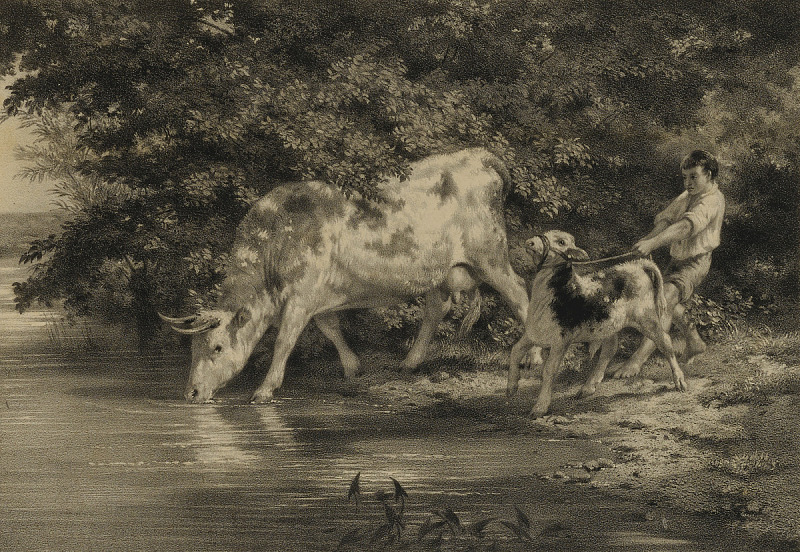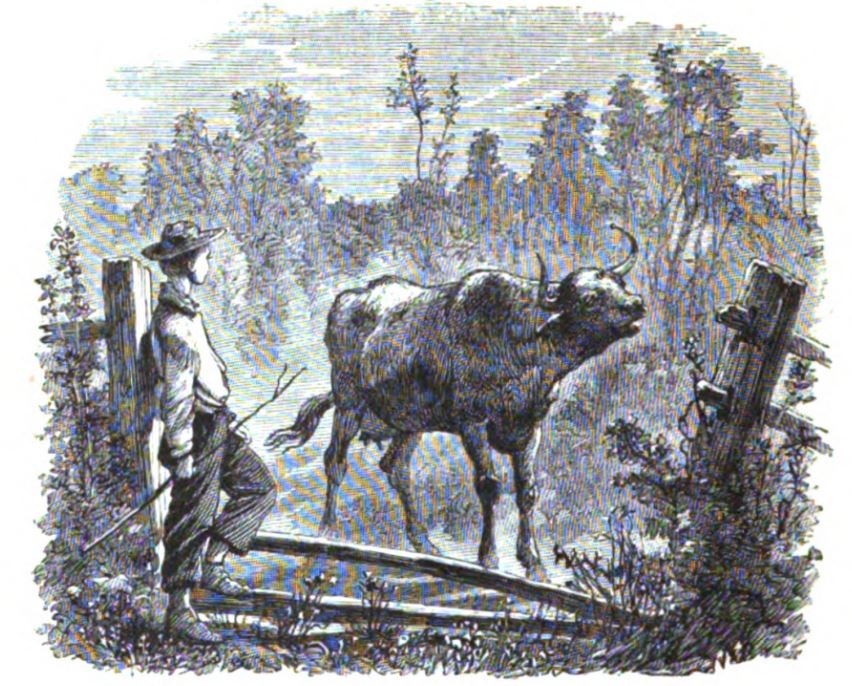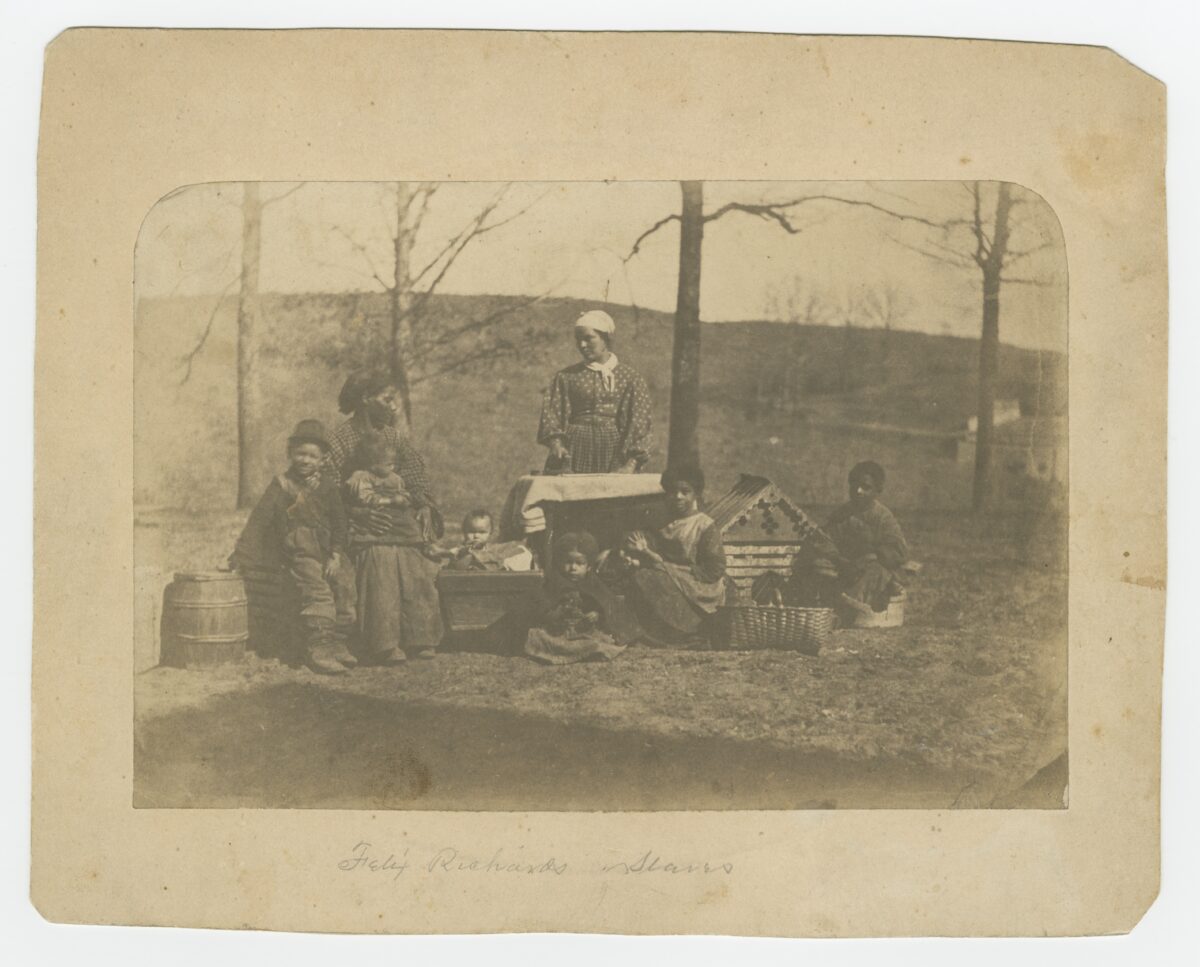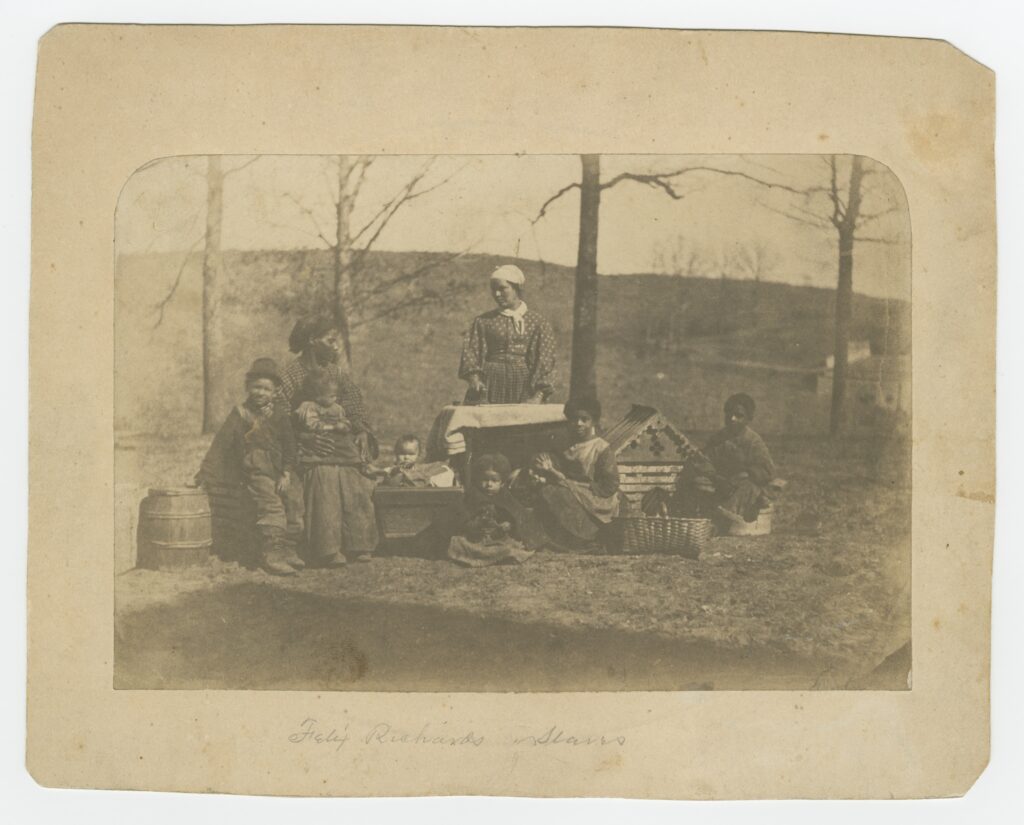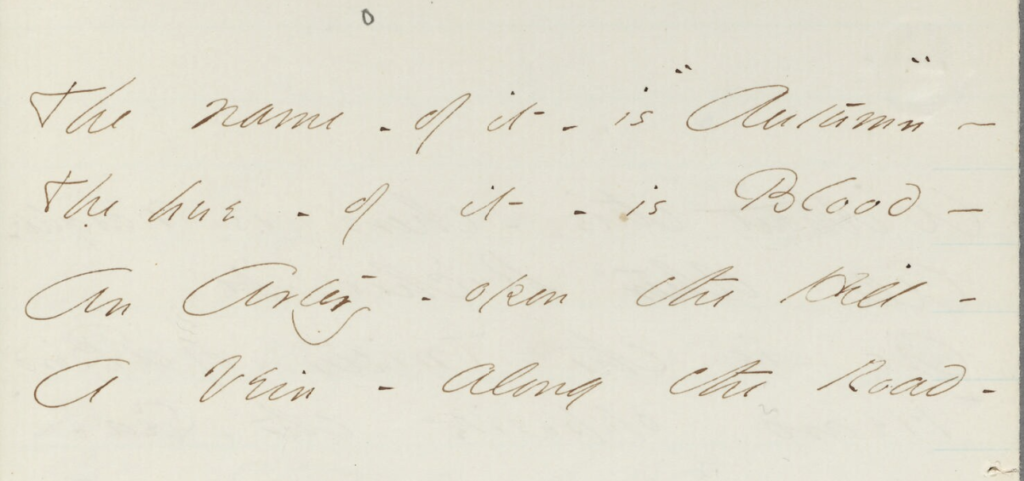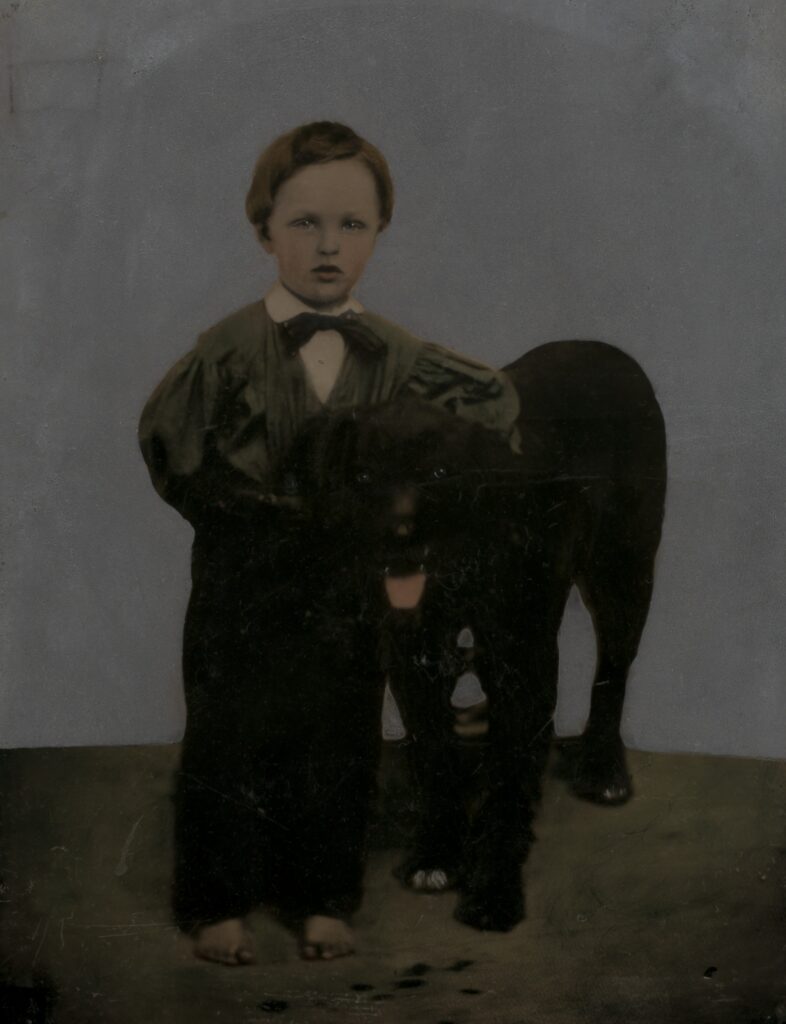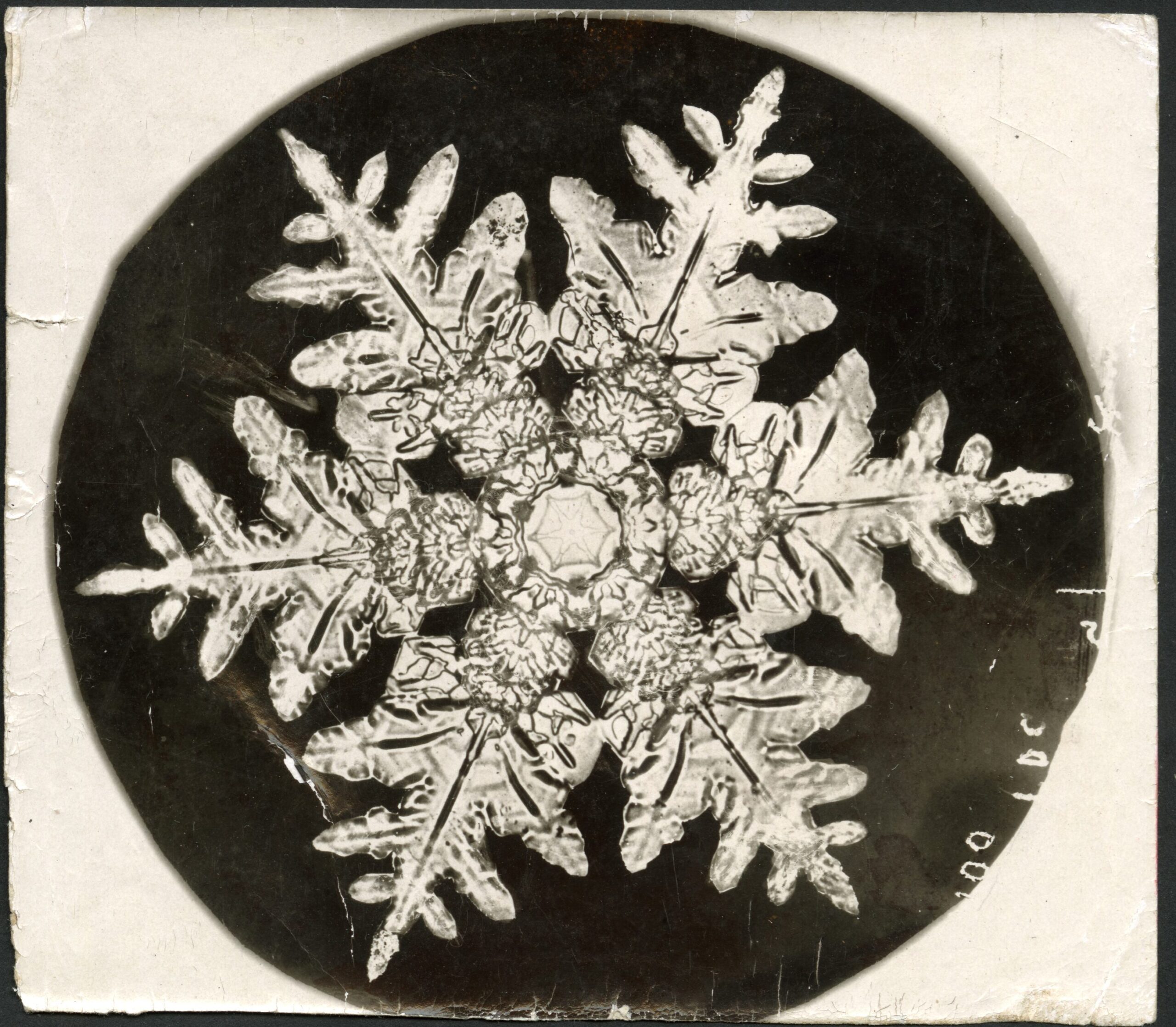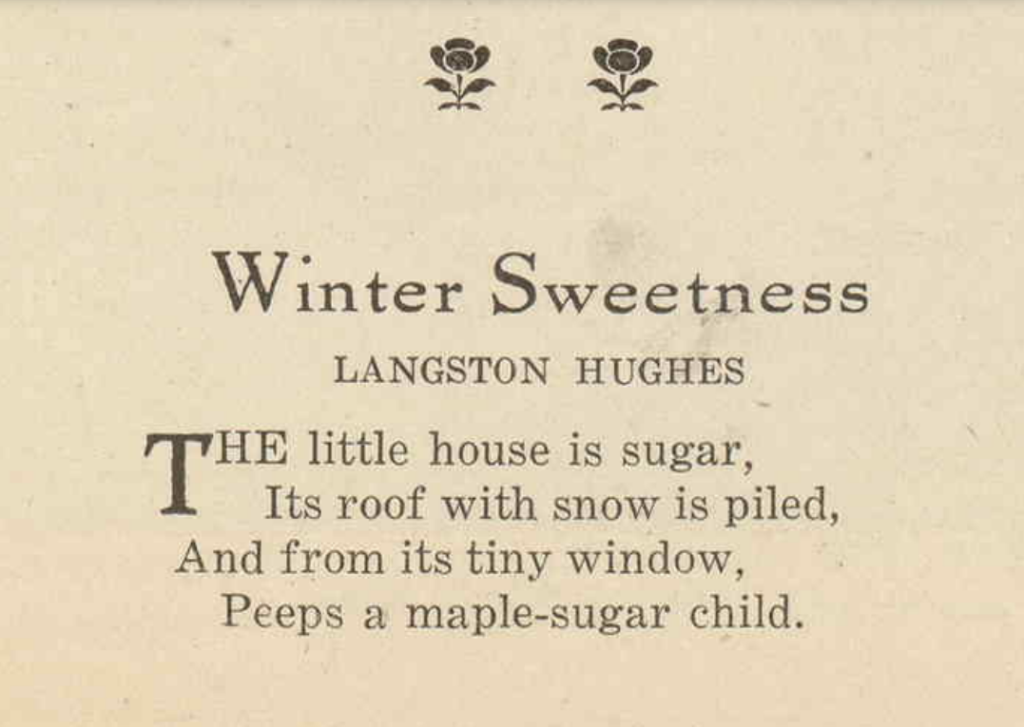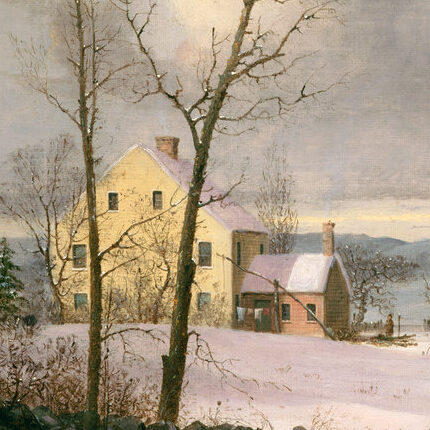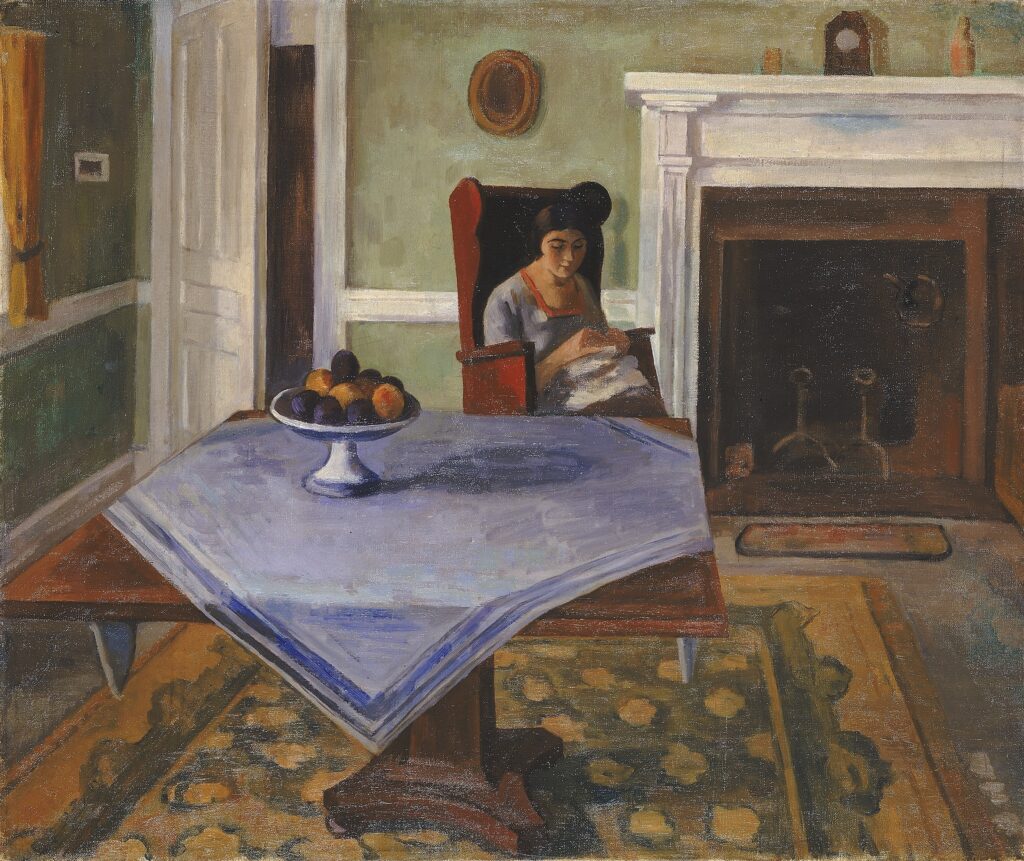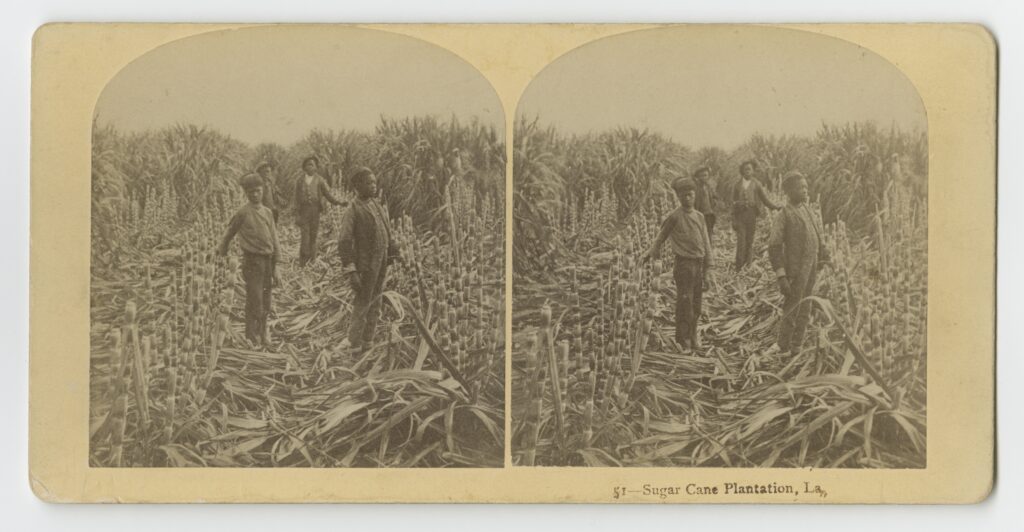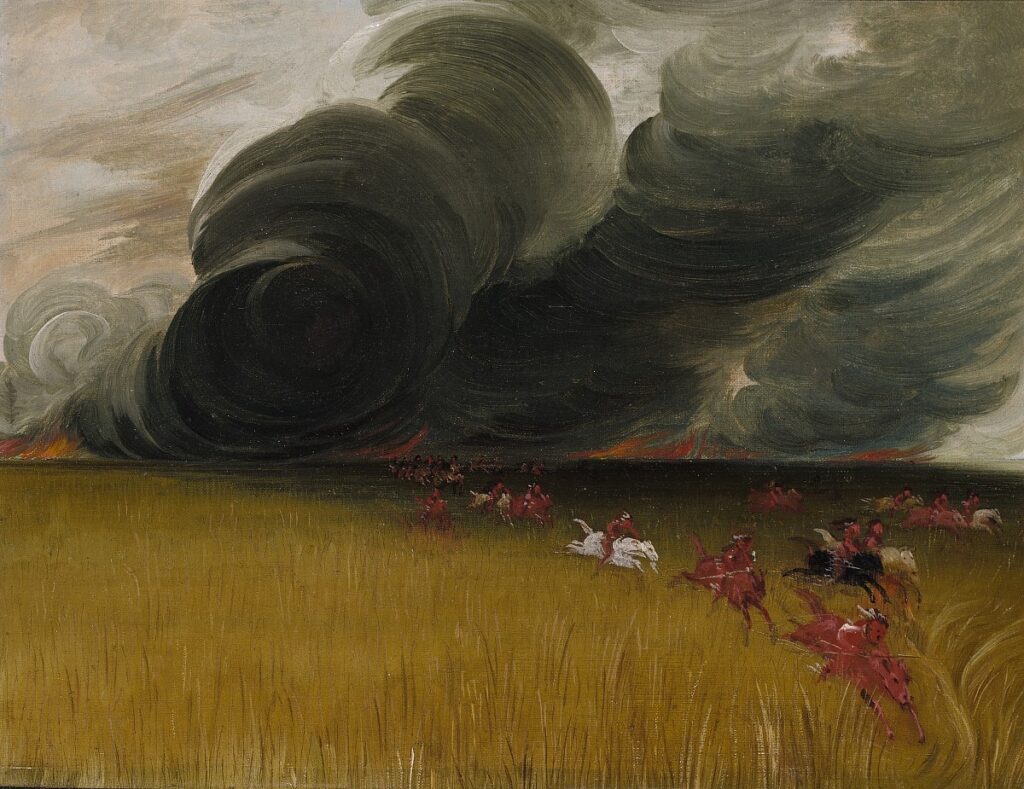The Dog to the Man
By Clinton Dangerfield [1]
Annotations by Kathryn T. Burt

We two, we two, in dead primeval days[3] Swore to be allies[4]. Through strange fields and wide, Pregnant with snarling dangers, across streams Where misbegotten monsters lashed the tide. Through canon rifts, formed when chaotic strength Tore open many a mountain's shaken heart, I followed you—in peril or in peace Anxiously swift to do a faithful part. Century after century passed away. The nations changed; but I have never changed.[5] Loyal I follow still the feet of man, A loyal friend who cannot be estranged. Yet now life's complex ways bewilder me. My false alarms your patience often fret, And I am made ashamed![6] But countless years Have linked us two. And shall we then forget?
Dangerfield, Clinton. “The Dog to the man.” The Youth’s companion, Aug. 1904, 398.
[1] Clinton Dangerfield is the pen name of Ella Howard Bryan.
[2] Learn about Weir and his artwork at the Smithsonian American Art Museum.
[3] Current research places the domestication of wild dogs somewhere between 15,000-20,000 years ago in Eurasia (Perri).
[4] Many archaeologists theorize humans initially domesticated dogs for hunting purposes, though by 1912 dogs in America had taken on roles as home and livestock guardians, sled dogs, herding dogs, and companions (Miklósi et al.).
[5] At the turn of the 19th century, America was dealing with a number of political, industrial, and population changes. You can learn more about this tumultuous time from the Library of Congress.
[6] Have you ever heard an adult get upset when their dog barks at nothing? That frustration is probably what the dog narrating this poem is talking about in these lines.
Contexts
Briefly describe contemporaneous events, literary, political, or historical (for example, I could augment “The Great Blue Heron” with information about bird extinction, the Audubon Society, or the Lacey Act). This information could also include a description of a selection’s placement in an anthology, or it could include materials like music. Anything you think will interest readers and/or help scholars is fair game.
Resources for Further Study
- Bethke, Brandi, And Burtt, Amanda, Eds. Dogs: Archaeology Beyond Domestication. Gainsville: University Press Of Florida, 2020.
- Miklósi, Ádám, Tamás Faragó, Claudia Fugazza, Márta Gácsi, Enikő Kubinyi, Péter Pongrácz, And József Topál. The Dog: A Natural History. Princeton: Princeton University Press, 2018.
Pedagogy
Since this poem is meant to be a dog speaking his thoughts to his owner, consider writing a response. If this poem’s narrator was your dog, what would you say? Bonus points if you write your response as a poem!
Contemporary Connections
“Contemporary Connections”—thoughts about texts’ current significance.



